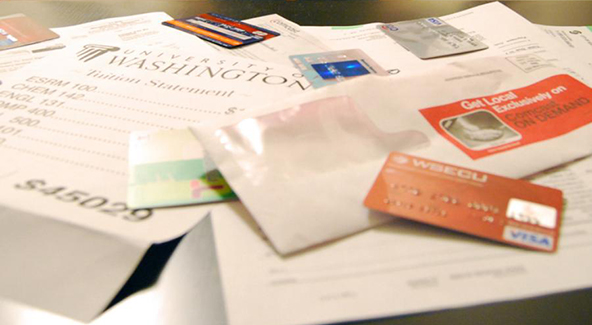Managing Transaction Copy Requests

Whenever a cardholder does not recognize a particular transaction on her statement, she will typically call her card issuer and file a dispute. The issuer’s representative will ask questions to establish exactly what the cardholder is disputing: the transaction amount, or the validity of the entire transaction. The issuer may ask the cardholder to contact the merchant directly and try to work out the issue or may facilitate a conference call with the merchant and the cardholder. If a phone call cannot resolve the dispute, the issuer will request, on its cardholder’s behalf, that the merchant provide a copy of the transaction’s sales receipt as a proof of its validity.
The merchant typically has 30 days to provide it. The transaction receipt must provide the following information:
- Merchant name and location.
- Merchant online address (if applicable).
- Transaction date.
- Description of goods or services sold.
- Payment method used.
- Transaction type: purchase (sale) or credit.
- Authorization code.
- Transaction amount.
- Cardholder signature (if applicable).
- Return / refund policy (optional).
Merchants should respond to all transaction copy requests they receive in a timely manner. If you do not respond within the 30-day time frame you will lose the dispute, regardless of whether the transaction was valid or not.
Transaction copy requests are the first stage of the chargeback cycle and as such, you should keep them to a minimum.
Keeping copy requests to a minimum helps merchants lower their?áchargeback levels and achieve higher profitability. The following best practices will help you achieve this goal:
- Use the right billing descriptor. Billing descriptor is the way your company’s name appears on your customer’s credit card statement and we have written about it in detail in a separate article. Cardholders must be able to look at their statements and recognize transactions the participated in at your store. You will need to contact your merchant account provider and make sure that your billing descriptor is set up correctly.
- Make sure that your business name is legible on your sales receipts. You need to make sure that your company’s name, address and phone number are accurately and legibly printed on your transaction receipts. Your company’s information details should not obstruct the transaction details. For best results, you should keep the white copy of the sales receipts for you and give the customer the bottom one. Change the printer cartridges as soon as the ink begins to fade and the printer paper should be replaced as soon as the colored streak appears.
- Train your sales staff. Many transaction copy requests can be prevented if your sales staff is adequately trained on your payment processing procedures. Instruct your sales staff to:
- Follow proper card acceptance procedures.
- Review each transaction receipt for accuracy and completeness.
- Ensure the transaction receipt is readable.
- For card-present sales, give the cardholder the customer copy of the transaction receipt, and keep the original, signed copy.
Staff should also understand that, in the event of a dispute, your store could lose both the merchandise and the transaction amount.
- Measure your copy request volume. Visa recommends in its “Rules for Visa Merchants” manual that “your monthly copy request volume should not exceed 0.16 percent of your total Visa sales.” You should aim to keep your copy request volume below that level for all of your credit card sales. To estimate this volume, you should divide the number of copy requests by the total credit card transactions minus returns and adjustments.
Image credit: Blogspot.com.


